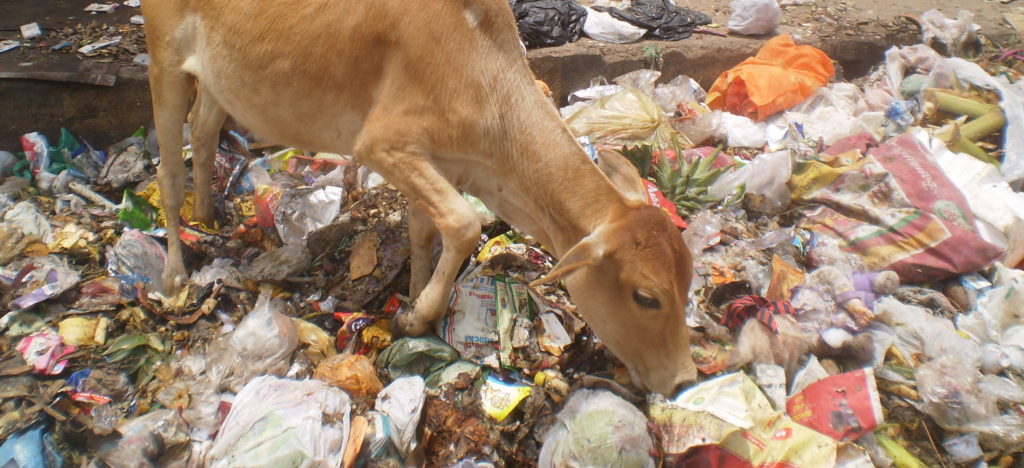More than half of the world’s seven billion people live in urban areas – a proportion that is set to increase to 69% by 2050. Rapid urbanization will increase the demand for food security, nutritious diets and food safety for urban populations.
It can be impossible to transport perishable products over long distances in countries that lack the necessary infrastructure, especially in warmer climates where there is a need for a cold chain. In circumstances like these, urban and peri-urban agriculture can meet growing demand for fresh produce in cities.
Lots of food is already produced in the cities, but while in affluent industrialized countries it is mostly a hobby or a niche market for trendy products, for many people in low- and middle-income states it is a way of meeting day-to-day food needs. In Dar-es-Salaam, for instance, 90% of leafy vegetables and 60% of milk comes from within the city, which means that quite a few people among its 1, 4 million inhabitants have a cow in their backyard.
Urban agriculture looks different depending on the region or country where it’s practiced, and governments’ policies on it vary as well: in some cases it is promoted, but in most cases it is informal or even prohibited.
Either way, with the projected rates of urbanization, the presence of farm animals in cities is likely to increase. “Urban livestock systems are a present fact, and one should not ban something possibly good just because it is difficult to manage”, says Ulf Magnusson, SLU one of the authors of the new Policy Brief, produced by SIANI Expert Group on Urban Animals.
Recently published policy brief titled “Urban animals – feeding the cities of the future” outlines policy actions for management of urban livestock production and identifies existing knowledge gaps. Co-written by Ulf Magnusson, SLU, Johanna Lindahl, SLU, ILRI and Katinka DeBalogh, FAO, the brief highlights the advantages and potential problems related to animal food production in cities and discusses the dilemma urban livestock food systems raise for public and environmental health in terms of sanitation and nutrition. As a starting point, the authors take the idea that livestock will be a part of urban environments in the future and it is necessary to find ways forward to practice it in a safe and sustainable manner.
